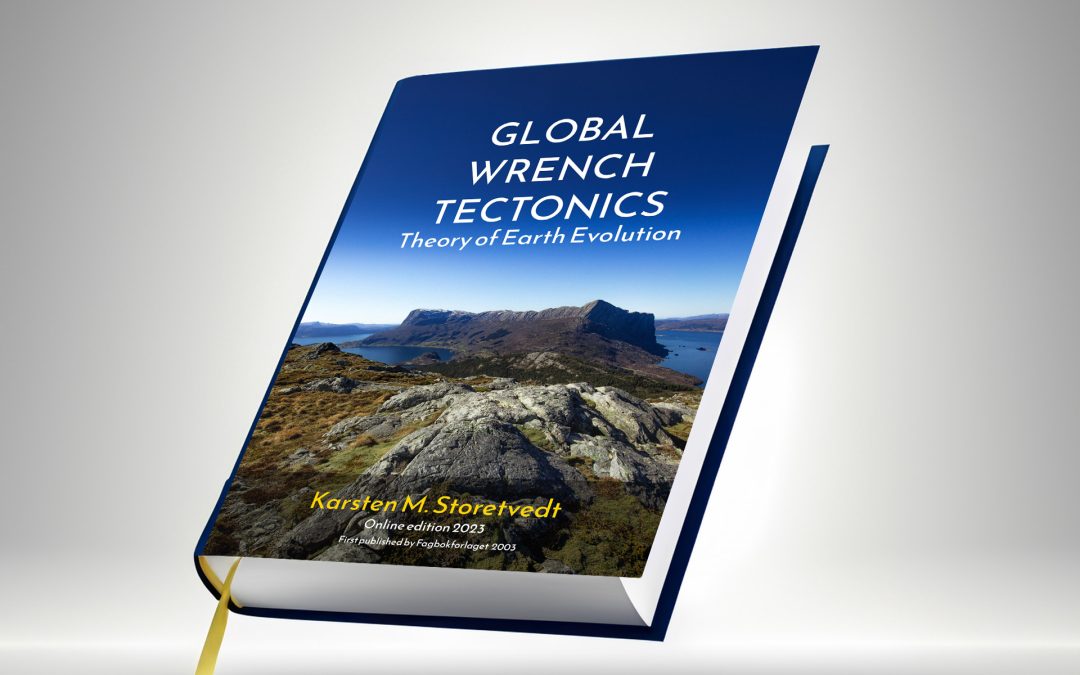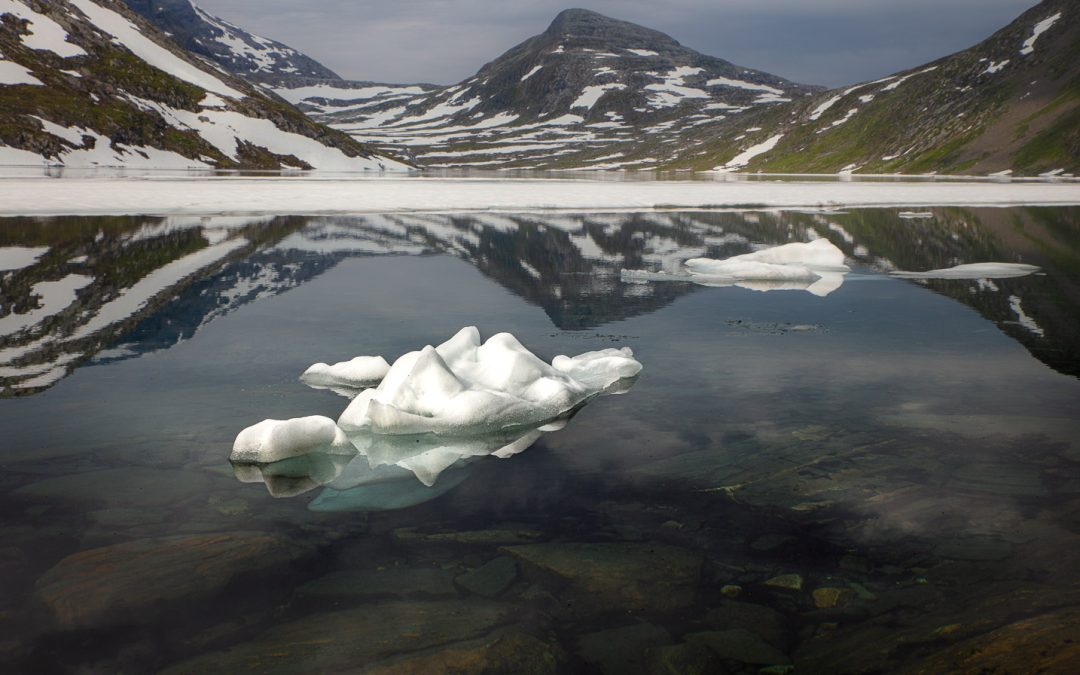Global Wrench Tectonics Theory
– A new framework for Earth Sciences
Prof. Em. K.M. Storetvedt

The Theory: Global Wrench Tectonics
“In fact, it looks as if the Earth is in a state of chemical disequilibrium. Degassing of the core and lower mantle is apparently incomplete, probably implying that the temperature of the deeper parts of the planet has always been moderate – higher temperature and magma pockets being properties only of the outer few hundred kilometres. When extended to the surface, upstanding segments of the C-M boundary tend to correspond to deep oceanic depressions, while ‘topographically’ lower C-M regions accord with the location of the continents and their mantle roots.”

Global Wrench Tectonics – Theory of Earth Evolution
Global Wrench Tectonics, an extension of the author’s Our Evolving Planet, takes us on a ground-breaking tour of the most critical facets of Earth history. It was the gradual realization that the prevailing theoretical constructs on the Earth’s history are riddled with paradoxes and mired in conjecture that prompted the author into a long-lasting speculation on the global dynamic system.

Global Wrench Tectonics and The Phanerozoic Earth
Fluid-enforced eclogitization and associated sub-crustal gravity-driven delamination of the felsic crust, giving rise to isostatic subsidence and basin formation, was already in operation during Precambrian times. This started a process of gradual thinning and...
VIDEO LECTURE
Prof K.M. Storetvedt narrates his view on Earth Evolution in this short lecture. [VIDEO NOT AVAILABLE – coming 2024]

Global Wrench Tectonics and The Precambrian Earth
In reconsidering the planet’s origin there are ample reasons for ignoring the classical planetesimal scenario; it seems much more likely that the Earth began as a confined nebula sphere of gases enriched in mineral components, transforming into an early terrestrial...

Polar Wander and The Global Tectonics
Evidence suggests that processes at the outer core and/or D” layer release energy and buoyant masses that lead to formation of the oceanic depressions on the surface of the Earth. Such irregularly-distributed degassing would produce lateral physico-chemical variations...
